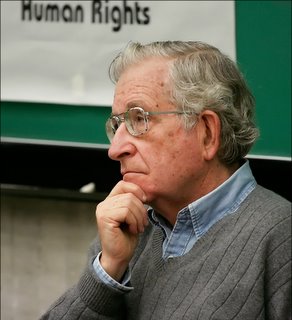Celestial Drops

From MSNBC:
The strange case of supernatural water
Florida tested ‘Celestial Drops’ to see if they warded off citrus canker
Florida's citrus crop contributes billions of dollars to the state's economy, so when that industry is threatened, anything that might help is considered. Back in 2001, when citrus canker was blighting the crop and threatening to reduce that vital source of revenue, an interesting — if not quite scientific — alternative was considered.
Katherine Harris, then Florida's secretary of state — and now a member of the U.S. House of Representatives — ordered a study in which, according to an article by Jim Stratton in the Orlando Sentinel, "researchers worked with a rabbi and a cardiologist to test ‘Celestial Drops,' promoted as a canker inhibitor because of its ‘improved fractal design,' ‘infinite levels of order,' and ‘high energy and low entropy.'"
The study determined that the product tested was, basically, water that had apparently been blessed according to the principles of Kabbalic mysticism, "chang[ing] its molecular structure and imbu[ing] it with supernatural healing powers."
Citrus canker is a bacterial disease that affects all citrus trees. Caused by a bacterium, Xanthomonas axonopodis, citrus canker can be spread from tree to tree by windborne rain, the movements of birds and other animals, and human activity, such as improper disposal of infected trees and fruit. The bacterium causes brown, crusted lesions with yellow haloes to appear on the surfaces of leaves and the skin of fruit, reducing the leaves' photosynthetic capacity and stunting the growth and preventing the maturation of the fruit.
The only accepted means of fighting the blight is the downing of affected trees and proper disposal of their remains.
The Florida state government is frequently bombarded with new supposed cures and preventatives. Most of them are not tested by the state with government funds. But in this one case, at least, it appears that an exception was made: Six months were spent establishing testing protocols and, finally, testing Celestial Drops. In a letter to the state government, Wayne Dixon, the head of Florida's Bureau of Entomology, Nematology and Plant Pathology, reported that the "product is a hoax and not based on any credible known science." He added, "I wish to maintain our standing in the scientific community and not allow [the developers of Celestial Drops] to use our hard-earned credibility" to promote their product.
David Park Musella is an editorial assistant with Skeptical Inquirer magazine.



